Home>Furniture & Design>Bathroom Accessories>How To Use A Bellows Plunger
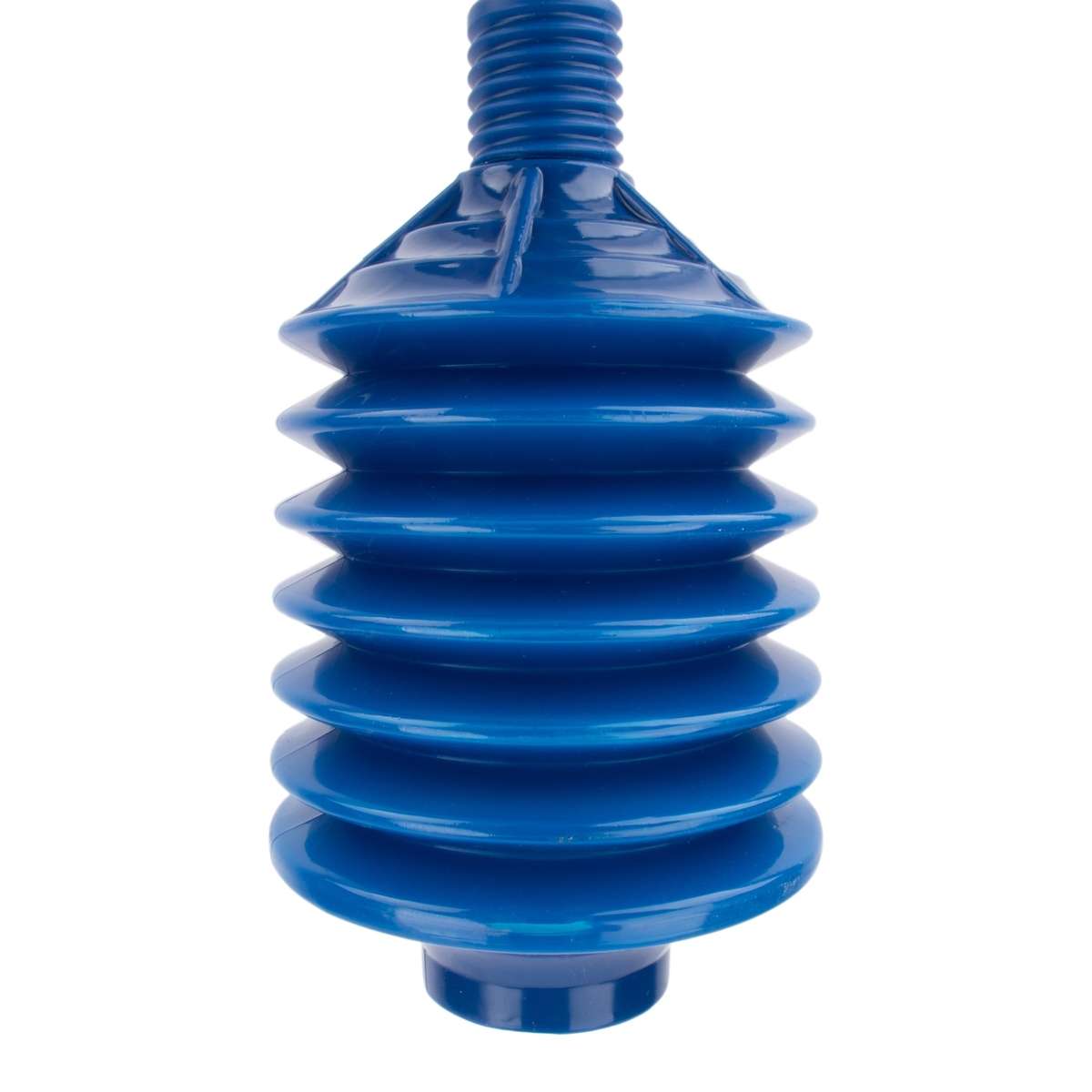

Bathroom Accessories
How To Use A Bellows Plunger
Modified: August 21, 2024
Learn how to effectively use a bellows plunger for clearing clogged drains in your bathroom. Find out the best techniques and tips for using this essential bathroom accessory.
(Many of the links in this article redirect to a specific reviewed product. Your purchase of these products through affiliate links helps to generate commission for Storables.com, at no extra cost. Learn more)
Introduction
When it comes to dealing with stubborn clogs in your bathroom, having the right tools at your disposal can make all the difference. One such essential tool is the bellows plunger, a simple yet highly effective device designed to tackle blockages in sinks, toilets, and drains with ease. Whether you're a seasoned homeowner or a novice DIY enthusiast, understanding how to use a bellows plunger can save you time, money, and the hassle of dealing with pesky plumbing issues.
The bellows plunger, also known as a accordion plunger, features a unique design that sets it apart from traditional cup plungers. Its accordion-like shape and extended narrow nozzle allow for a more focused application of pressure, making it particularly effective for clearing tough clogs. Unlike cup plungers, which are commonly used for flat surfaces such as sinks, the bellows plunger's design makes it suitable for toilets and curved drains, providing a versatile solution for a variety of plumbing obstructions.
In this comprehensive guide, we'll delve into the intricacies of the bellows plunger, offering a step-by-step tutorial on how to use it effectively. Additionally, we'll provide valuable tips for maximizing its plunging power and maintaining it for long-term use. By the end of this article, you'll be equipped with the knowledge and confidence to tackle bathroom clogs like a pro, ensuring a smoothly flowing plumbing system in your home.
Understanding the bellows plunger is the first step toward harnessing its full potential. So, let's dive into the details and unlock the secrets of this indispensable plumbing tool.
Key Takeaways:
- Master the art of using a bellows plunger to clear stubborn clogs in sinks and toilets with confidence and precision. Its unique design and powerful plunging capabilities make it an indispensable tool for DIY enthusiasts and homeowners.
- To maximize the bellows plunger’s effectiveness, maintain a strong seal, use proper technique, be persistent, apply lubrication, combine with hot water, and use protective gear. Routine maintenance and care are essential for prolonging its lifespan and ensuring reliable performance.
Read more: How To Use A Sink Plunger
Understanding the Bellows Plunger
The bellows plunger, also known as an accordion plunger, is a specialized tool designed to effectively clear clogs in sinks, toilets, and drains. Its distinctive design sets it apart from traditional cup plungers, making it a versatile and powerful solution for a variety of plumbing obstructions. Unlike cup plungers, which are typically used for flat surfaces such as sinks, the bellows plunger's unique accordion-like shape and extended narrow nozzle make it well-suited for toilets and curved drains.
The bellows plunger's accordion shape allows for increased pressure application, providing a more focused and forceful plunge. This design feature enables the plunger to generate a strong burst of air and water, effectively dislodging stubborn clogs and blockages. The extended narrow nozzle further enhances its precision, allowing for targeted application of pressure in hard-to-reach areas, such as within the curved trap of a toilet or drain.
One of the key advantages of the bellows plunger is its ability to create a tight seal around the drain or toilet opening, preventing air and water from escaping during the plunging process. This seal maximizes the pressure exerted on the clog, increasing the likelihood of a successful clearance. Additionally, the bellows plunger's design minimizes splashing, providing a cleaner and more controlled plunging experience compared to traditional cup plungers.
When selecting a bellows plunger, it's important to choose a high-quality, durable option to ensure optimal performance. Look for a plunger with a sturdy and flexible accordion section, as well as a durable handle and nozzle. These features contribute to the plunger's effectiveness and longevity, allowing for repeated use without compromising its functionality.
In summary, the bellows plunger's unique design, enhanced pressure application, and targeted precision make it an indispensable tool for addressing stubborn clogs in the bathroom. Its versatility and effectiveness in clearing a wide range of obstructions make it a valuable addition to any homeowner's plumbing toolkit. With a solid understanding of the bellows plunger's capabilities, you'll be well-equipped to tackle challenging clogs with confidence and efficiency.
Step-by-Step Guide to Using a Bellows Plunger
-
Prepare the Plunger: Before starting the plunging process, ensure that the bellows plunger's accordion section is clean and free of any debris or residue. This will help maintain a tight seal and maximize the effectiveness of the plunging action.
-
Position the Plunger: For toilet clogs, carefully insert the extended narrow nozzle of the bellows plunger into the drain opening, ensuring a snug fit. If you're addressing a sink or drain blockage, position the plunger directly over the drain opening, creating a tight seal with the surrounding surface.
-
Apply Firm Pressure: With the plunger in position, exert firm and steady pressure on the handle, pushing the accordion section down to expel air and water into the drain or toilet trap. The goal is to create a strong burst of pressure to dislodge the clog.
-
Repeat the Plunging Motion: For optimal results, perform a series of vigorous plunging motions, maintaining a consistent and forceful pressure on the handle. The repeated action helps to break up the obstruction and facilitate its movement through the plumbing system.
-
Observe the Drainage: As you plunge, observe the drainage to see if the water level begins to recede or if the blockage shows signs of clearing. If the water starts to drain, continue plunging to ensure the complete removal of the clog.
-
Flush and Test: After successfully clearing the clog, flush the toilet or run water in the sink to confirm that the drainage is restored to normal. This step verifies the effectiveness of the plunging process and ensures that the plumbing system is functioning as intended.
-
Clean and Store the Plunger: Once the clog is cleared, thoroughly clean the bellows plunger with soap and water to remove any residue. Properly dry the plunger before storing it in a clean and dry location, ready for future use.
By following this step-by-step guide, you can harness the full potential of the bellows plunger and effectively address stubborn clogs in your bathroom. With a clear understanding of the plunging process and a methodical approach, you'll be well-prepared to tackle plumbing obstructions with confidence and precision.
When using a bellows plunger, make sure to create a tight seal around the drain to maximize suction. Push and pull the plunger vigorously to dislodge clogs effectively.
Tips for Effective Plunging
Effective plunging requires more than just applying force to the bellows plunger. To maximize its clearing power and achieve successful results, consider the following tips:
-
Maintain a Strong Seal: Ensure that the bellows plunger forms a tight seal around the drain or toilet opening. A secure seal is essential for creating the necessary pressure to dislodge the clog effectively. Check that the plunger's nozzle is positioned securely within the drain or toilet to prevent air and water from escaping during the plunging process.
-
Use Proper Technique: When plunging, employ a controlled and vigorous pumping motion to generate a strong burst of pressure. Rather than simply pushing down on the handle, utilize a combination of downward and upward movements to create a forceful expulsion of air and water. This dynamic technique helps to agitate and dislodge the obstruction more effectively.
-
Be Persistent: In challenging cases, persistence is key. Don't be discouraged if the clog doesn't clear immediately. Continue plunging with determination, maintaining consistent pressure and motion. Sometimes, stubborn clogs require repeated plunging to break up and dislodge the obstruction completely.
-
Apply Lubrication: For particularly stubborn or dry clogs, consider applying a small amount of petroleum jelly or lubricant around the rim of the plunger's nozzle. This can help create a better seal and reduce friction, allowing for smoother plunging action and improved pressure application.
-
Combine with Hot Water: For grease or organic matter-related clogs, combining the use of the bellows plunger with hot water can enhance the clearing process. Pouring hot water into the drain or toilet before plunging can help soften and loosen the clog, making it more responsive to the plunging action.
-
Use Protective Gear: When dealing with toilet clogs, consider wearing rubber gloves to maintain hygiene and protect your hands from exposure to wastewater. Additionally, using protective eyewear can prevent splashing during the plunging process, ensuring a safer and more comfortable experience.
-
Avoid Harsh Chemicals: While it may be tempting to use chemical drain cleaners, it's advisable to avoid harsh chemicals when attempting to clear a clog. Chemical cleaners can be corrosive and may damage plumbing fixtures, especially in the case of persistent clogs that require repeated attempts at clearing.
By incorporating these tips into your plunging routine, you can optimize the effectiveness of the bellows plunger and increase your chances of successfully clearing stubborn clogs in your bathroom. With patience, technique, and strategic approaches, you'll be well-equipped to tackle a variety of plumbing obstructions with confidence and efficiency.
Maintenance and Care for Your Bellows Plunger
Proper maintenance and care are essential for ensuring the longevity and effectiveness of your bellows plunger. By implementing routine maintenance practices and handling the plunger with care, you can maximize its performance and durability, allowing for reliable use whenever plumbing issues arise.
Here are essential maintenance tips to keep your bellows plunger in optimal condition:
-
Clean After Each Use: After successfully clearing a clog, thoroughly clean the bellows plunger with soap and water to remove any residue or debris. Pay particular attention to the accordion section and the extended nozzle, ensuring that all surfaces are free from buildup. Proper cleaning prevents the accumulation of grime, which can compromise the plunger's functionality over time.
-
Inspect for Damage: Regularly inspect the bellows plunger for any signs of wear, tear, or damage. Check the accordion section for cracks, tears, or stiffness that may affect its flexibility and sealing capability. Additionally, examine the handle and nozzle for any structural issues. Identifying and addressing damage early can prevent further deterioration and maintain the plunger's effectiveness.
-
Dry Thoroughly: After cleaning, ensure that the bellows plunger is thoroughly dried before storage. Moisture can lead to mold or mildew growth, potentially compromising the plunger's hygiene and structural integrity. Proper drying also prevents the formation of unpleasant odors, preserving the plunger in a clean and ready-to-use condition.
-
Store Properly: Store the bellows plunger in a clean, dry location to prevent exposure to moisture and contaminants. Consider using a designated storage area or container to keep the plunger isolated from other items, minimizing the risk of damage or contamination. Proper storage also ensures that the plunger remains readily accessible for future use.
-
Replace When Necessary: If you notice significant damage or deterioration, consider replacing the bellows plunger to maintain optimal performance. Over time, wear and tear can compromise the plunger's effectiveness, making it less capable of clearing stubborn clogs. Investing in a new, high-quality bellows plunger ensures that you have a reliable tool for addressing plumbing obstructions.
By incorporating these maintenance practices into your plunger care routine, you can prolong its lifespan and maintain its effectiveness for years to come. A well-maintained bellows plunger is a valuable asset in managing household plumbing issues, providing a reliable and efficient solution for addressing clogs in sinks, toilets, and drains.
Read more: How To Use A Master Plunger
Conclusion
In conclusion, mastering the art of using a bellows plunger is a valuable skill for any homeowner or DIY enthusiast. The unique design and powerful plunging capabilities of the bellows plunger make it an indispensable tool for addressing stubborn clogs in sinks, toilets, and drains. By understanding the intricacies of the bellows plunger and following a systematic approach to its usage, you can effectively tackle plumbing obstructions with confidence and precision.
The step-by-step guide provided in this article offers a comprehensive overview of the plunging process, emphasizing the importance of proper preparation, positioning, and technique. By following these guidelines, you can harness the full potential of the bellows plunger and achieve successful results in clearing clogs. Additionally, the tips for effective plunging offer valuable insights into optimizing the plunging process, from maintaining a strong seal to incorporating strategic techniques for challenging clogs.
Furthermore, the emphasis on maintenance and care underscores the significance of preserving the bellows plunger's functionality and longevity. By implementing routine maintenance practices and handling the plunger with care, you can ensure that it remains a reliable and effective tool for addressing plumbing issues over time.
Ultimately, the bellows plunger stands as a versatile and powerful solution for a wide range of plumbing obstructions. Its ability to create a tight seal, generate focused pressure, and minimize splashing sets it apart as a preferred tool for addressing bathroom clogs. With the knowledge and insights gained from this guide, you are well-equipped to confidently handle clogs in your home, ensuring a smoothly flowing plumbing system.
Incorporating the use of a bellows plunger into your household maintenance routine empowers you to address plumbing issues promptly and effectively, minimizing the inconvenience and potential expenses associated with persistent clogs. By embracing the versatility and effectiveness of the bellows plunger, you can take proactive steps to maintain a functional and efficient plumbing system in your home, promoting peace of mind and convenience for you and your family.
Frequently Asked Questions about How To Use A Bellows Plunger
Was this page helpful?
At Storables.com, we guarantee accurate and reliable information. Our content, validated by Expert Board Contributors, is crafted following stringent Editorial Policies. We're committed to providing you with well-researched, expert-backed insights for all your informational needs.
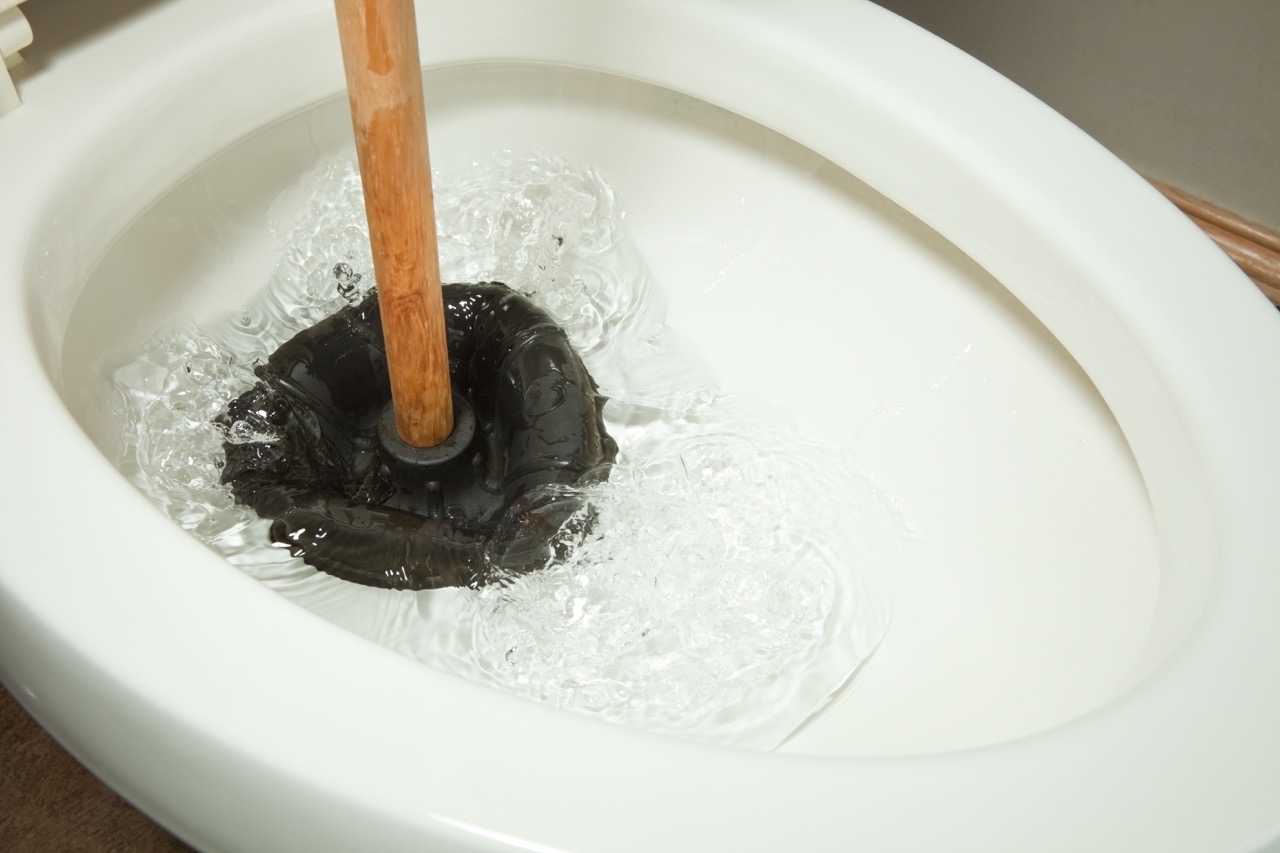
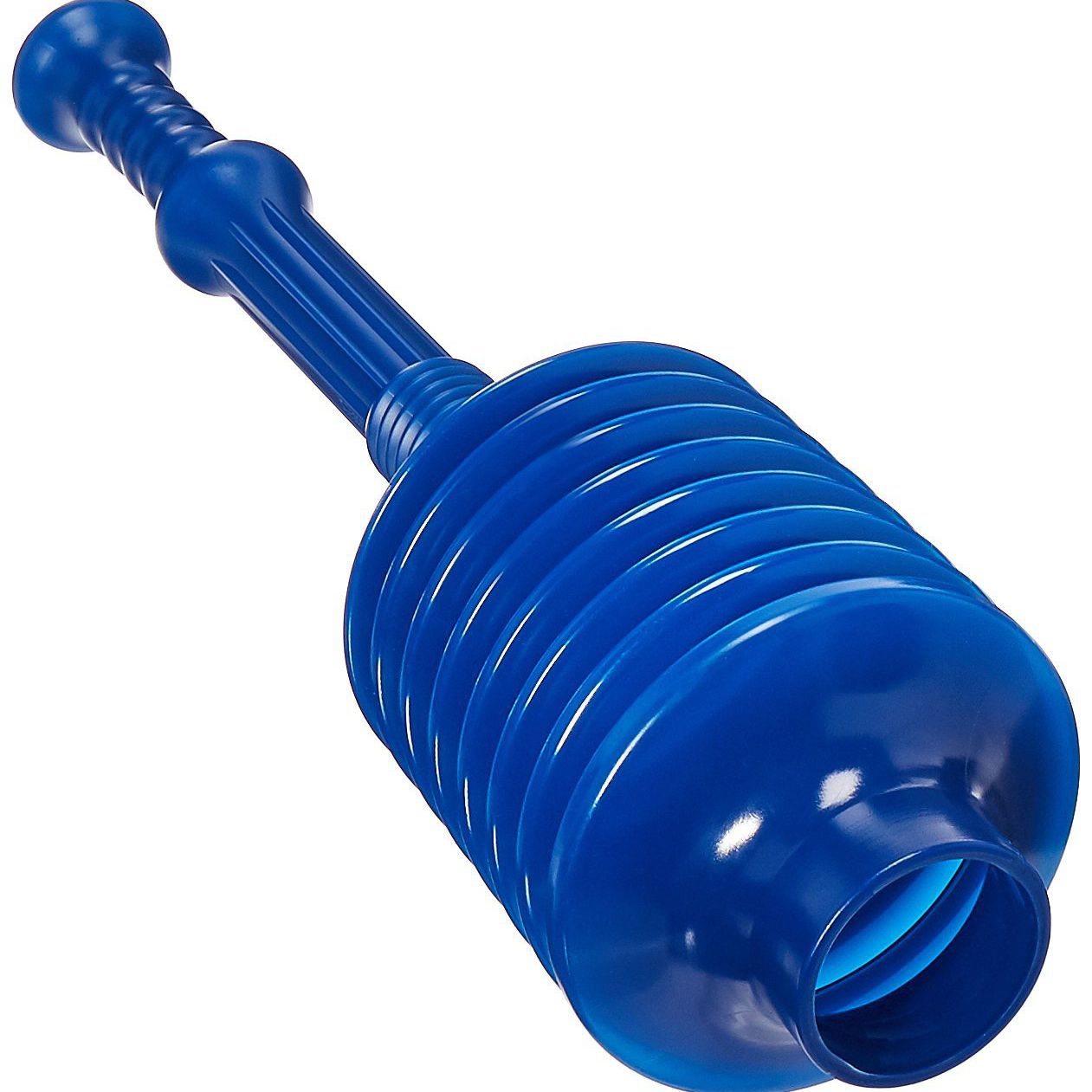
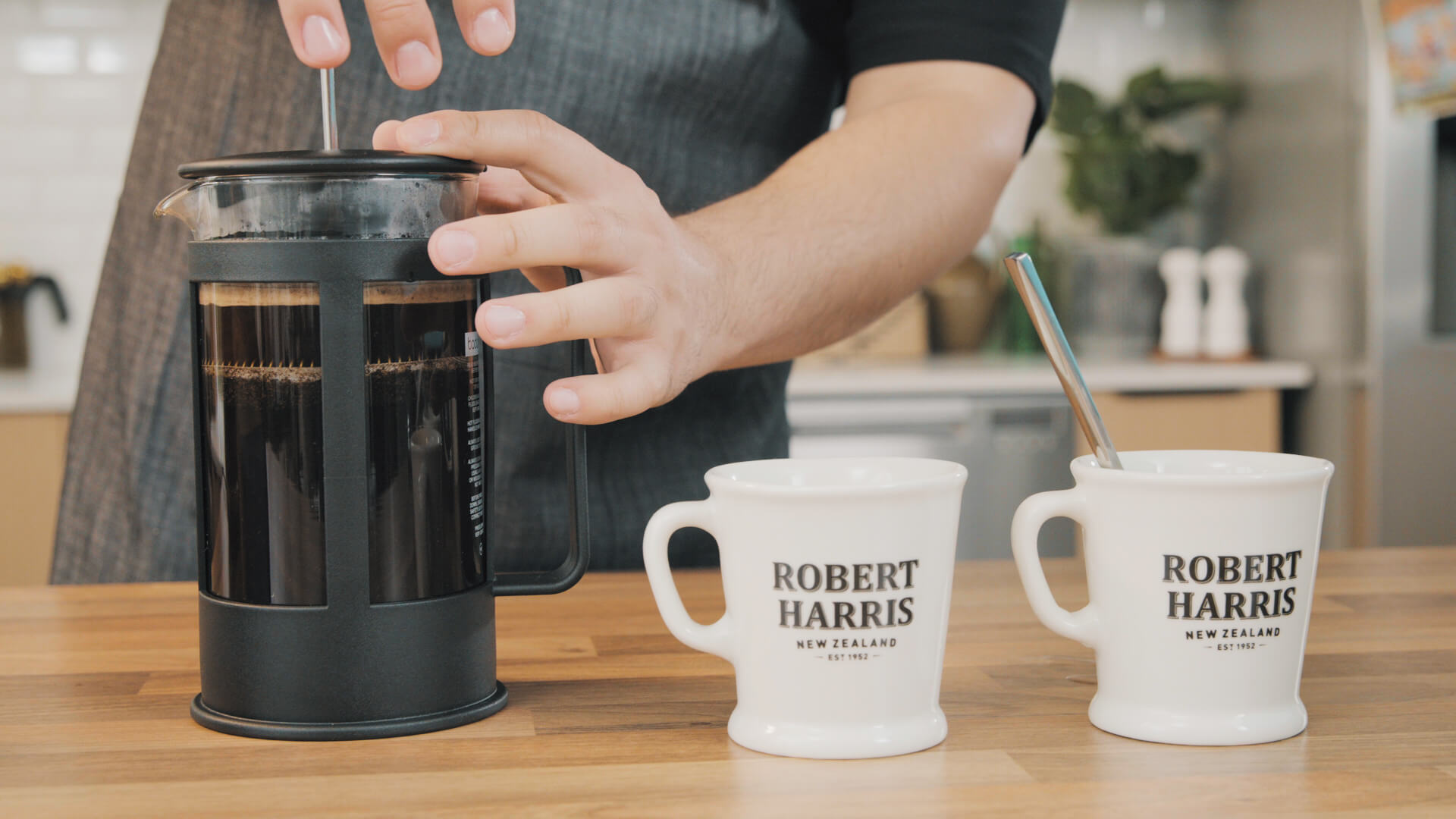
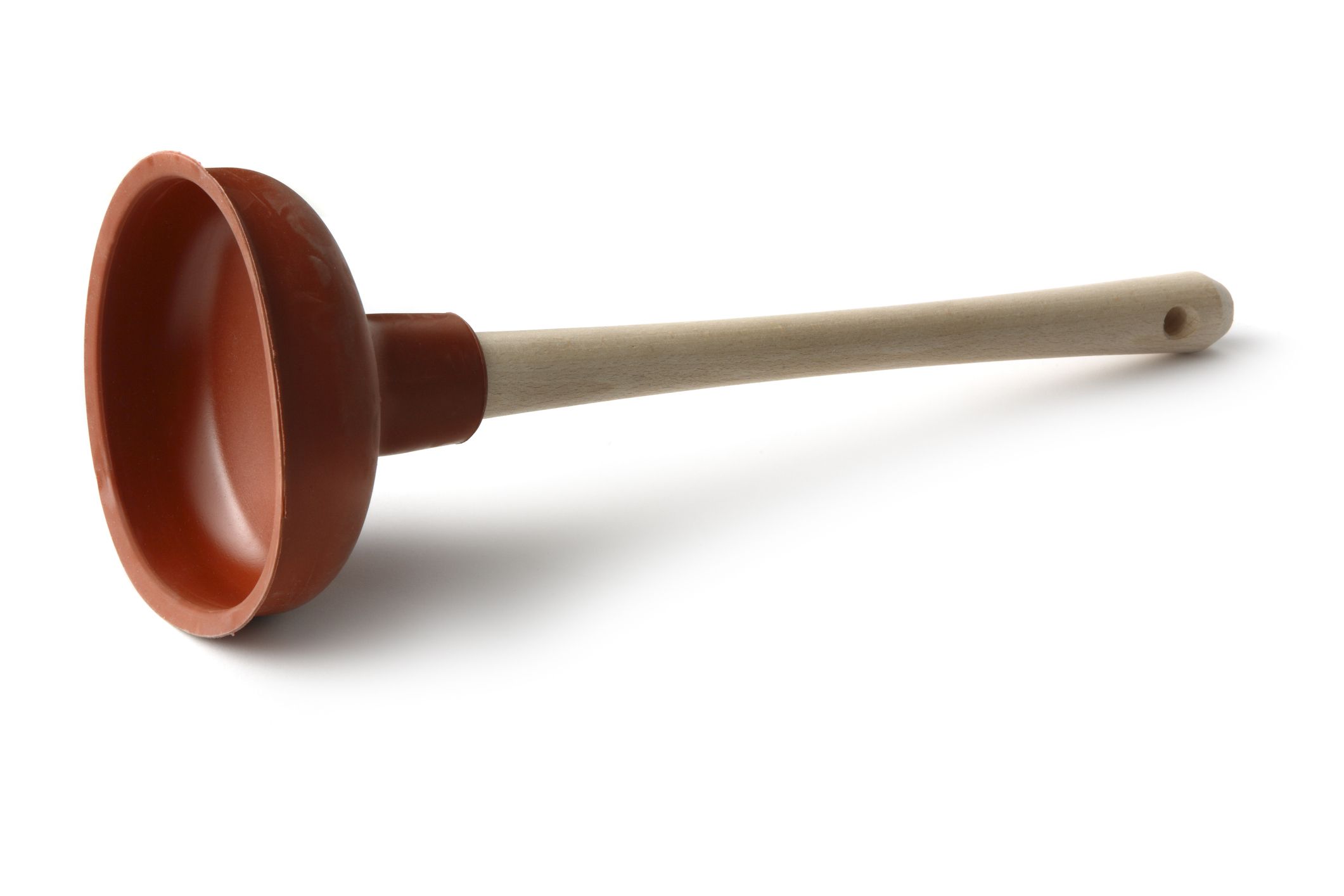
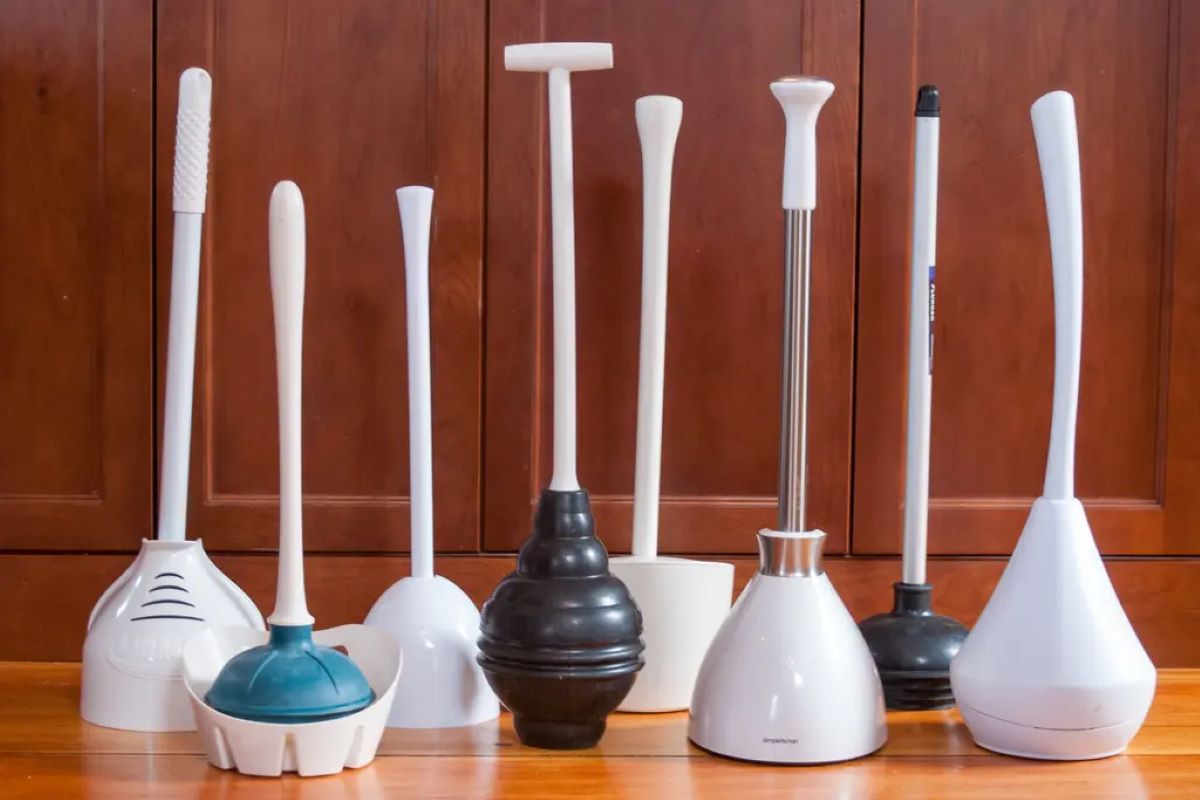
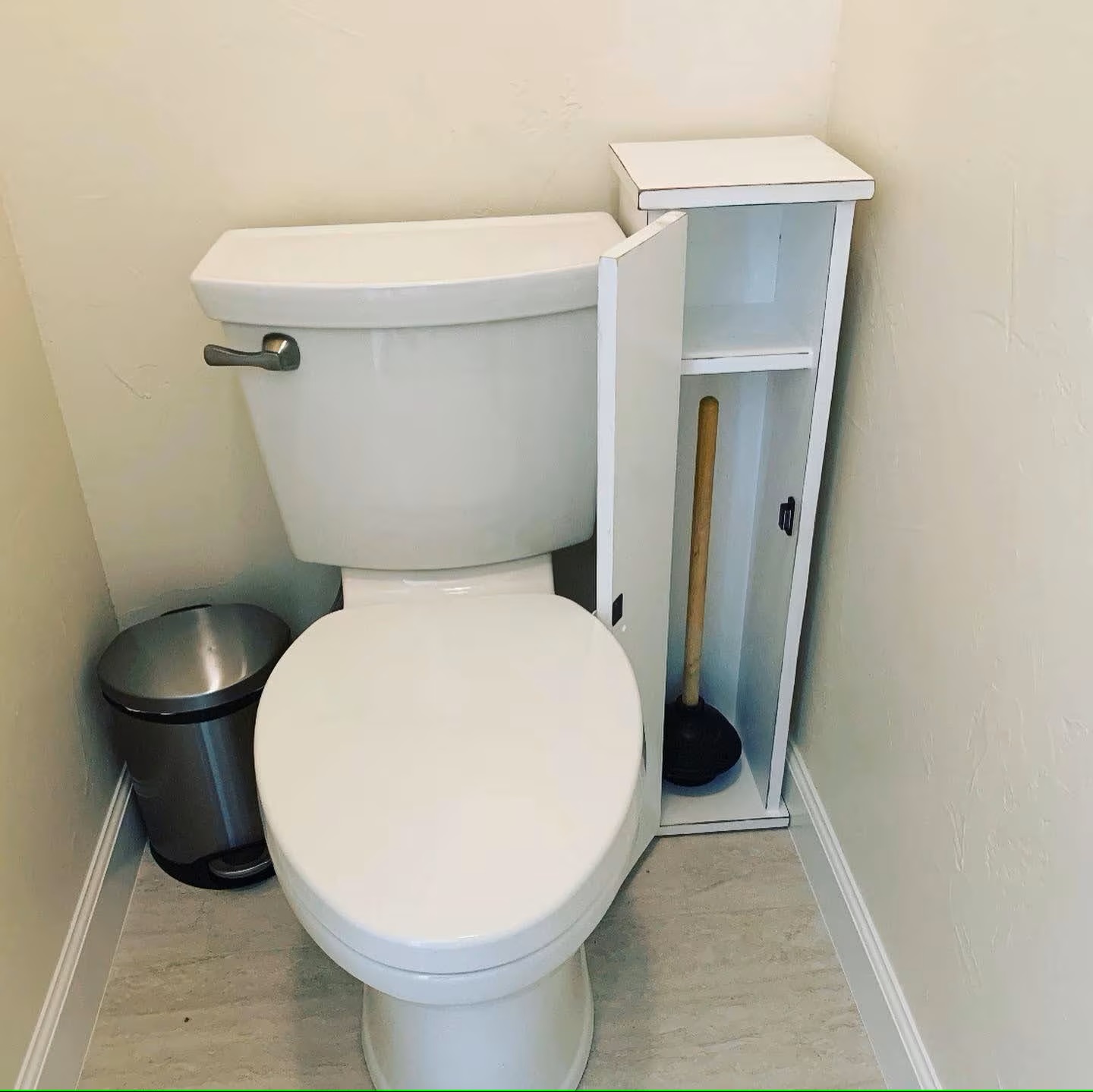
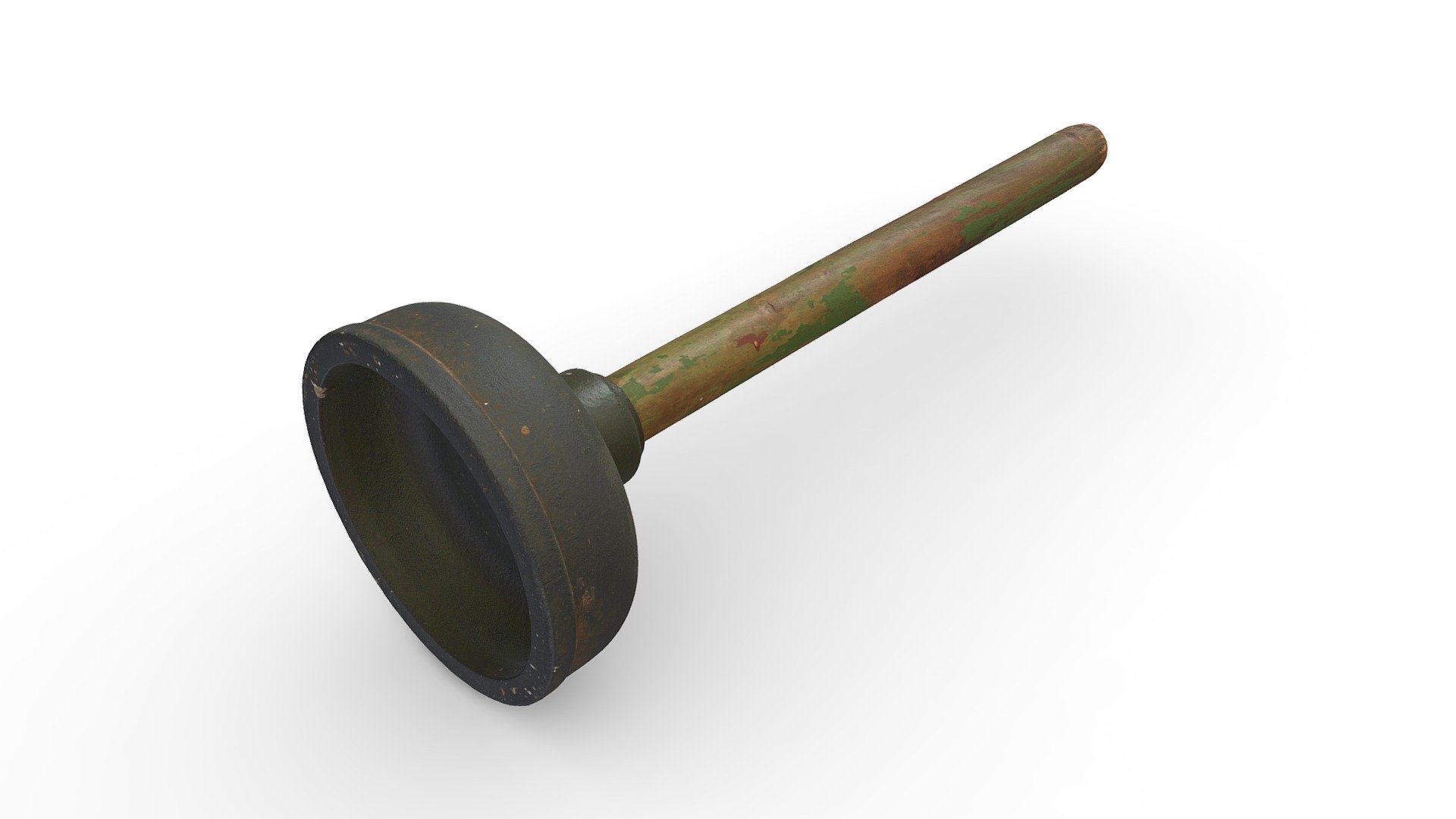
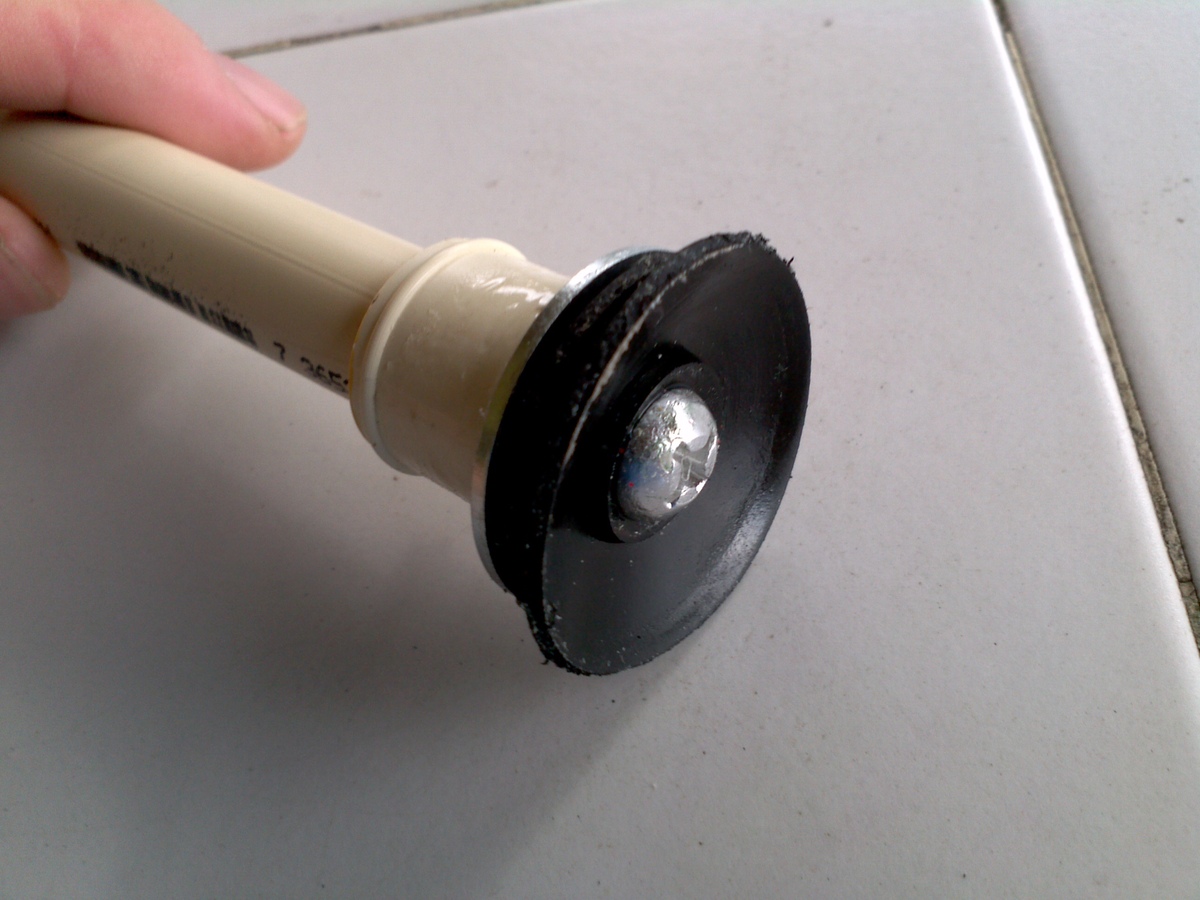
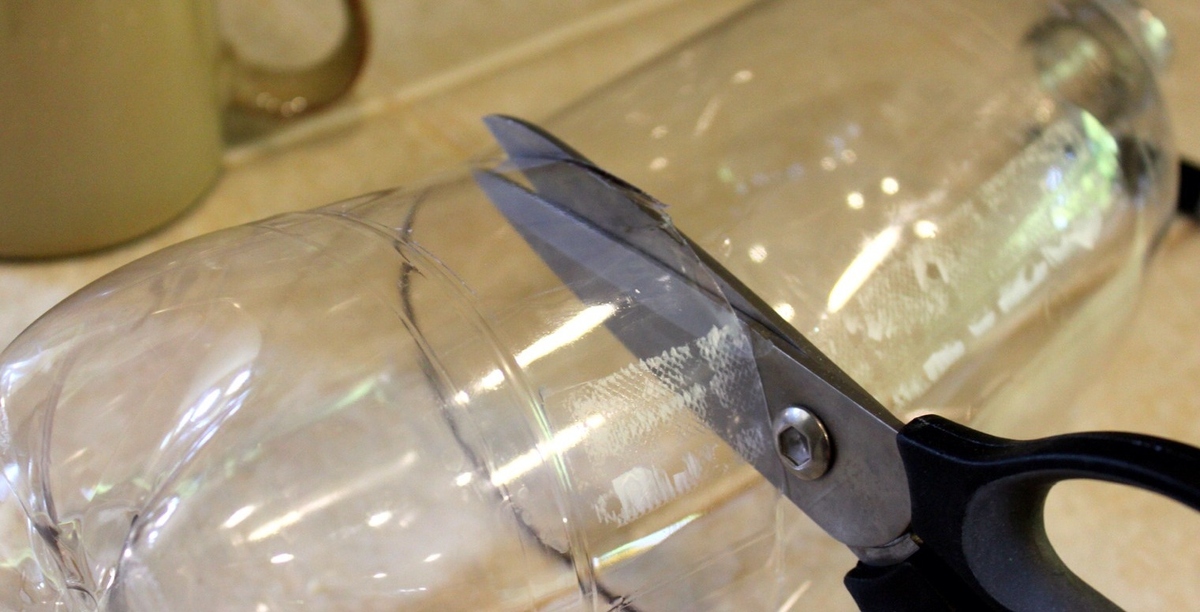
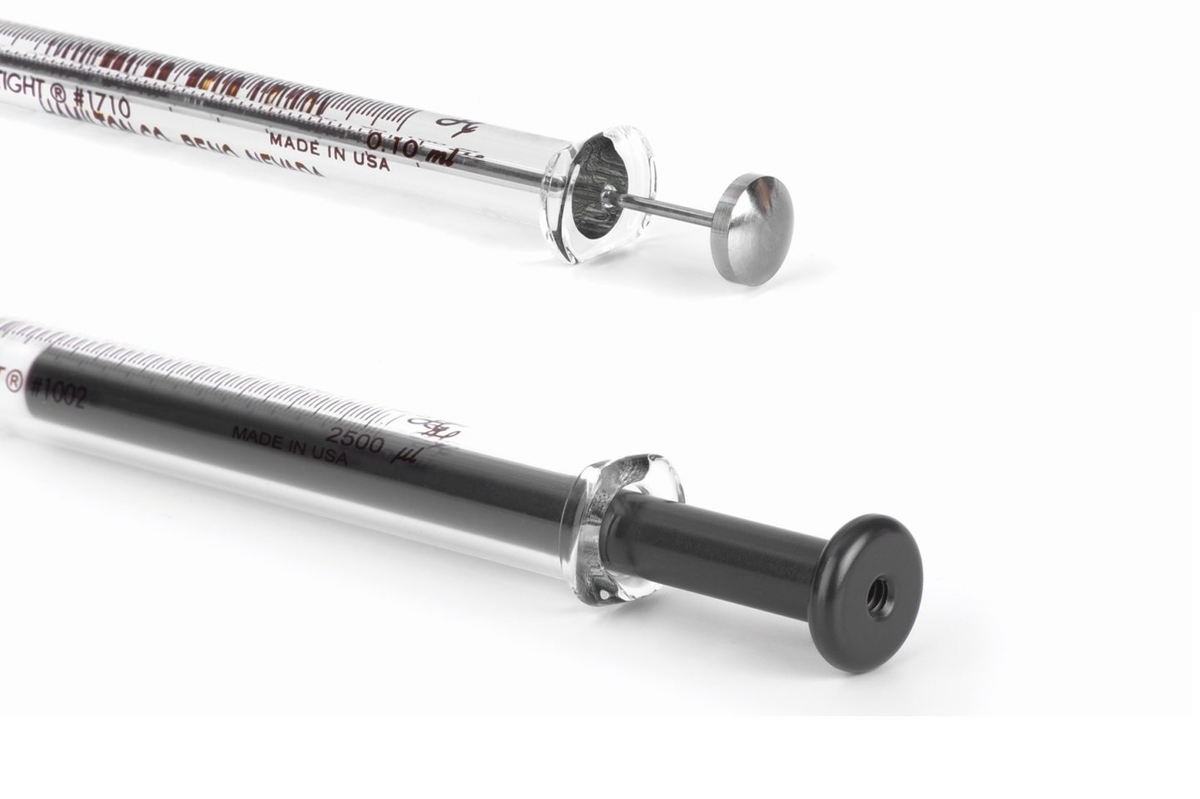
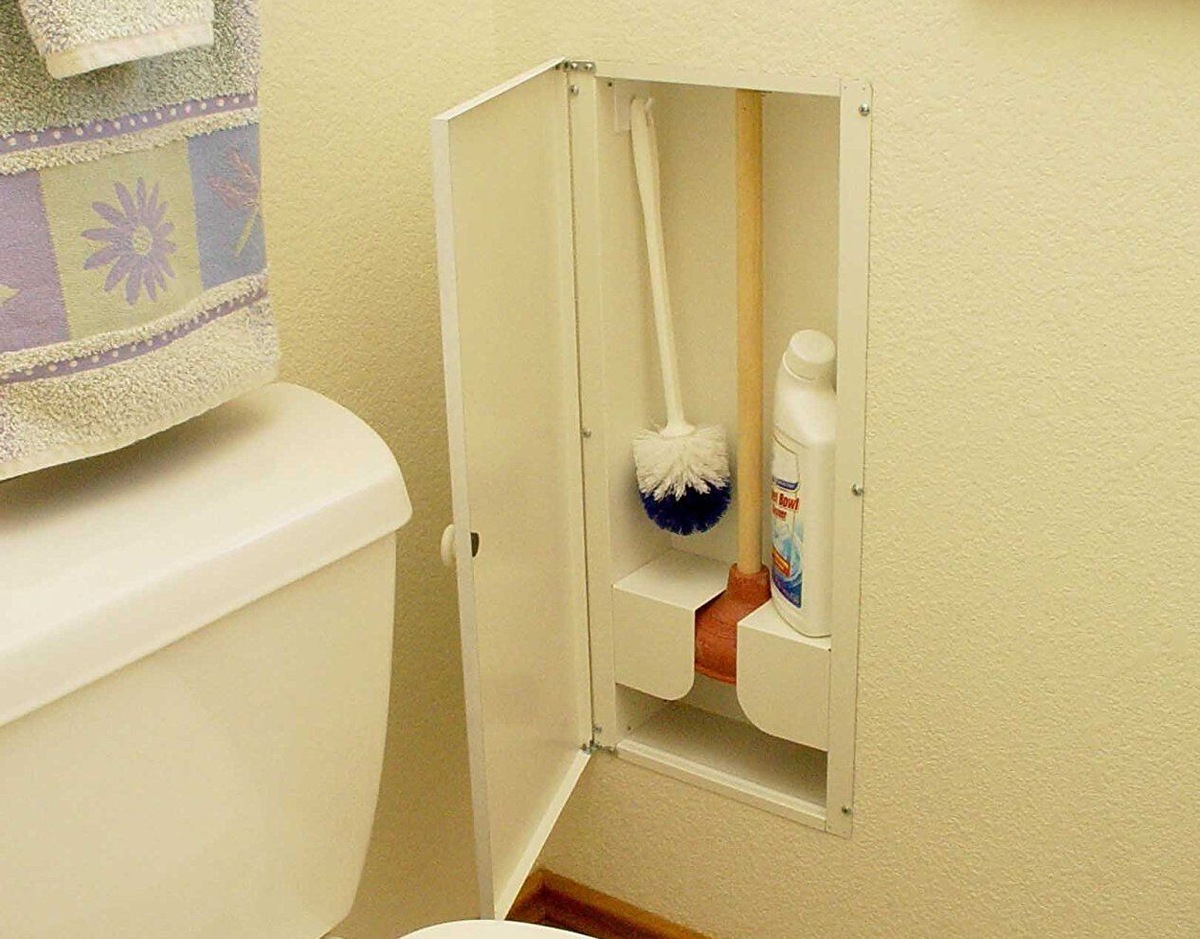
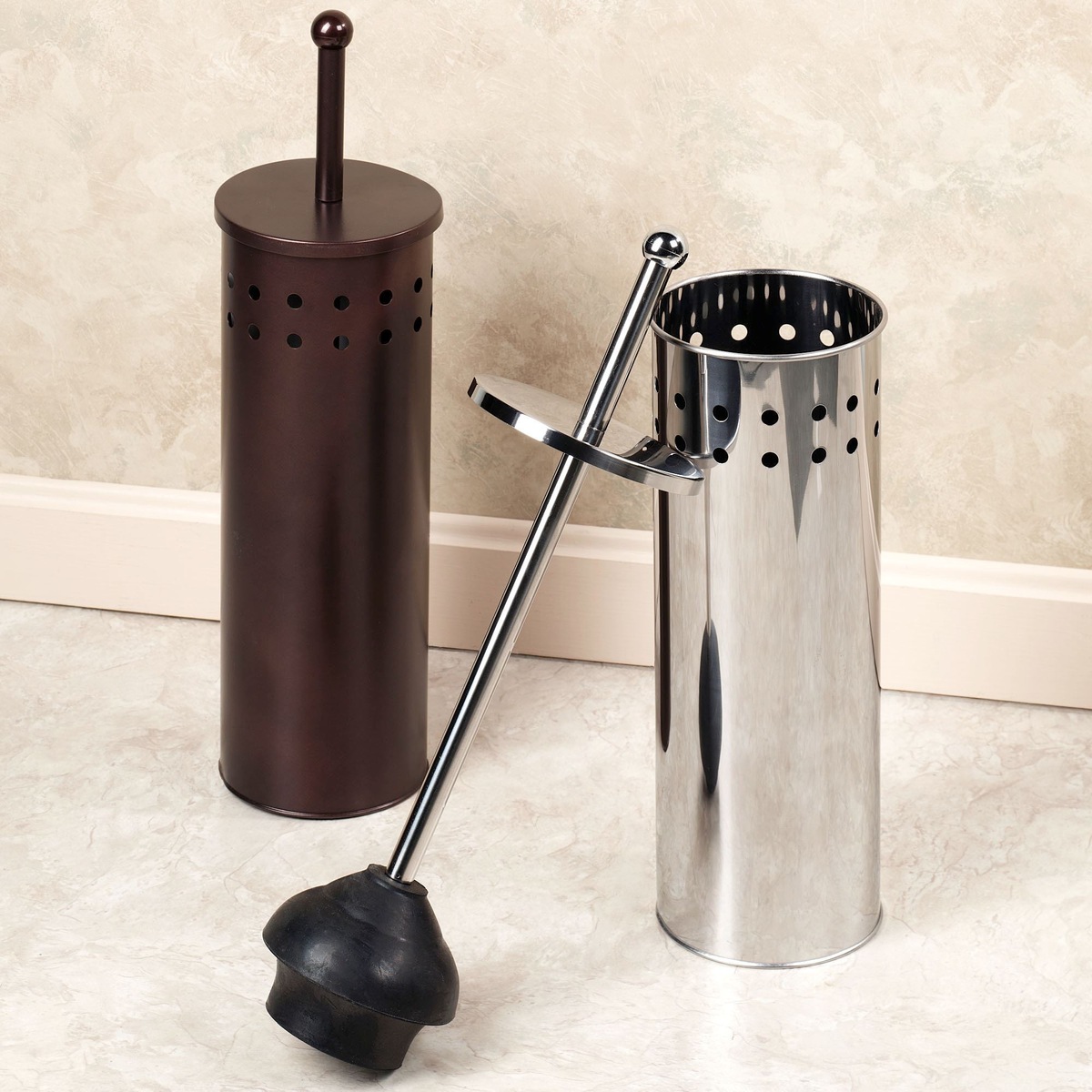
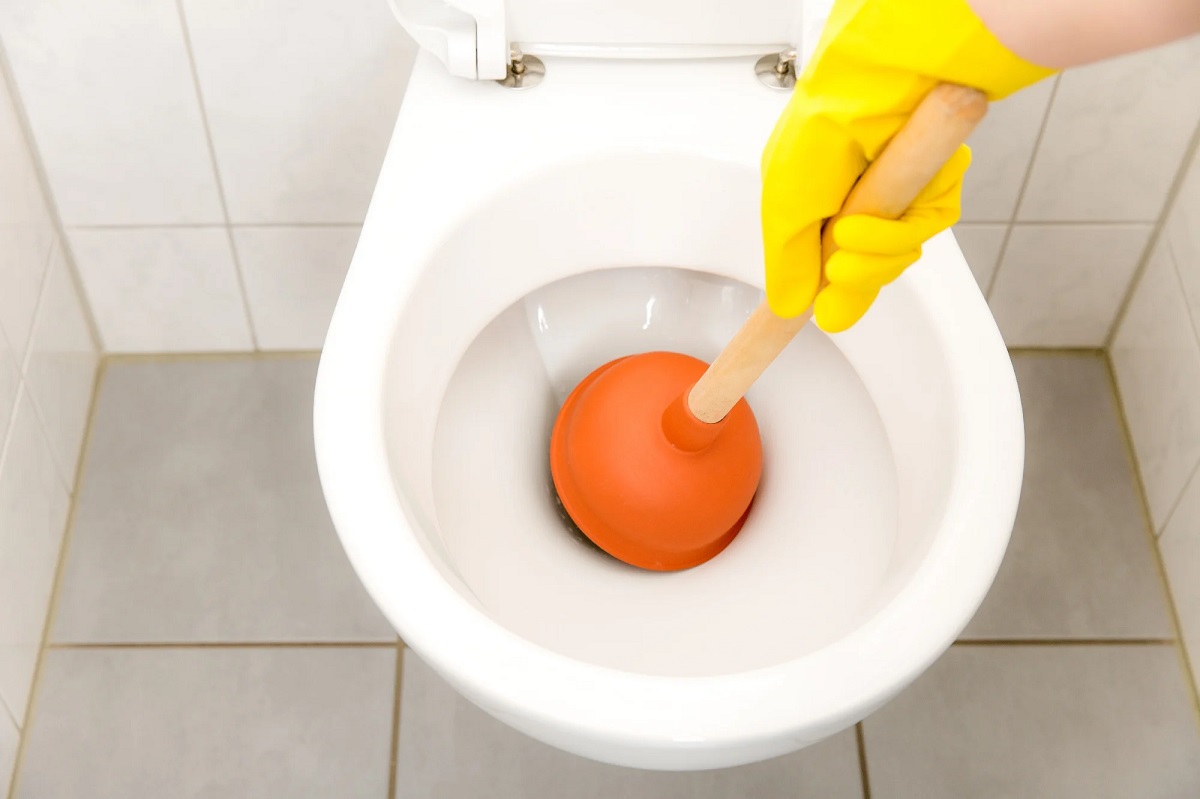
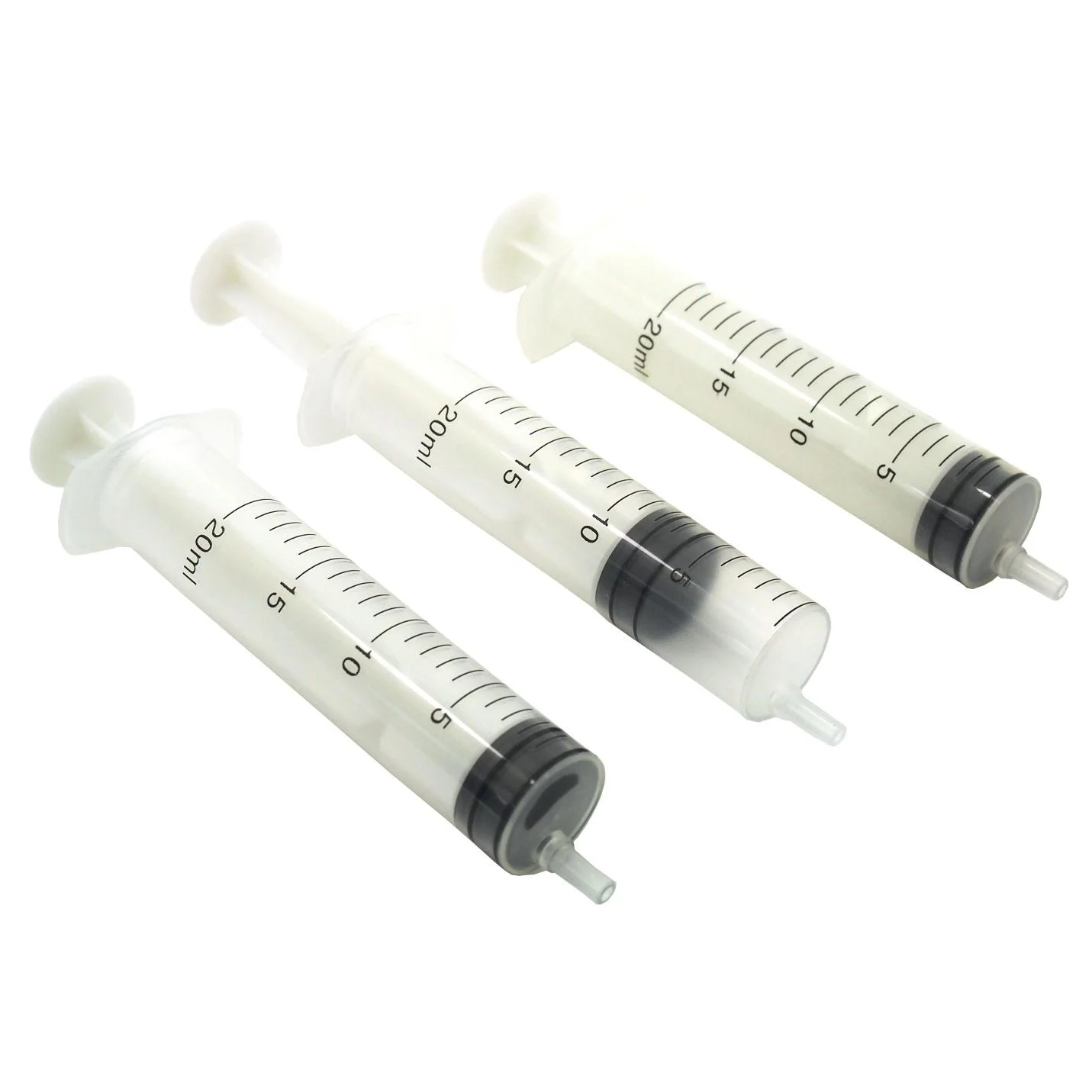

0 thoughts on “How To Use A Bellows Plunger”